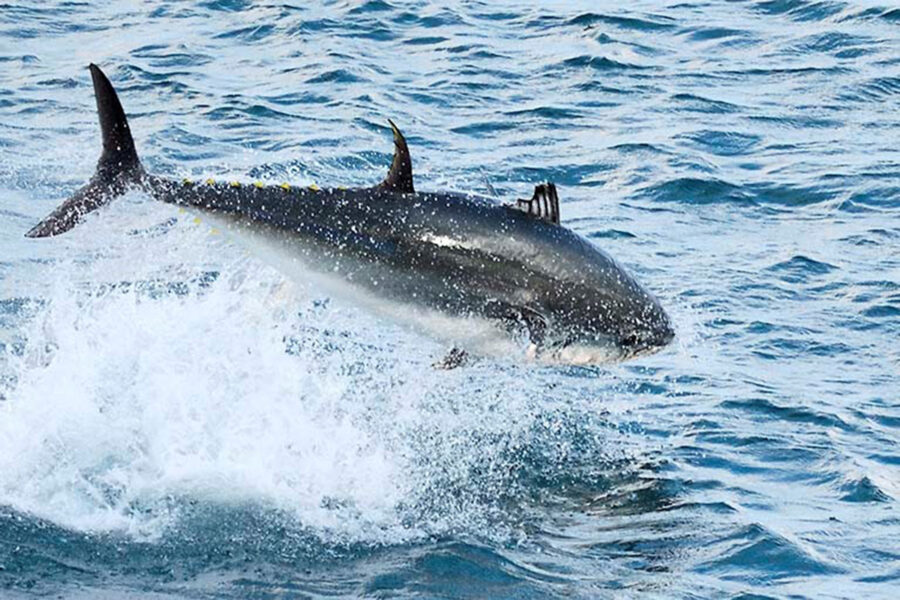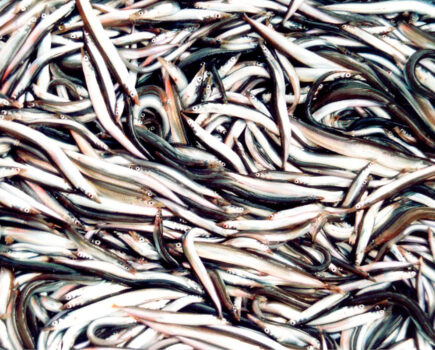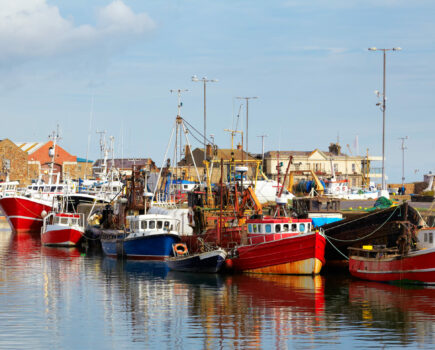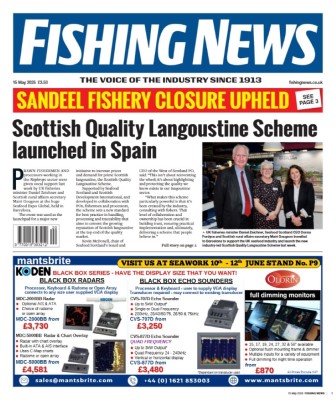The MMO has now opened the application process for the 15 available 2025 bluefin tuna licences.
It was confirmed earlier this year that a small allocation of ‘bycatch’ quota for the overall UK TAC of 66.15t meant that the commercial rod and line fishery would be allocated 45t of fish, allowing an increase to 15 licences in 2025, with each successful applicant receiving an allocation of 3t.
All UK-registered vessels under 12m are eligible to apply, but commercial bluefin tuna fishing will not be permitted in Welsh or Northern Irish waters.
The 2025 fishery is expected to be open from 1 July to 31 December. Individual fishing trips must be of less than 24 hours in duration.
In 2025, vessels that obtain a commercial visa will not be permitted to also undertake recreational angling, or commercial charter trips targeting bluefin.
Bluefin tuna, even those taken as accidental bycatch, must be landed in designated ports, a list of which has been approved by ICCAT. The port list has been expanded this year to include a number of smaller ports, which may prevent the need for some licensed vessels to have long steams to land bluefin away from their home ports.
Application forms, which can be downloaded from the MMO website, must be submitted by 21 April. As in 2024, applications will be scored by MMO officers, who will then allocate licences.
The 2024 application process was massively over-subscribed, with subsequent complaints about the scoring mechanism used to allocate licences, and many owners, badly out of pocket after investing in training and catch-handling equipment to maximise quality, saying that the assessment process was badly flawed.
For 2025, applicants will now need to provide answers to two questions which relate to ‘how applicants are best placed to deliver an environmentally sustainable fishery which brings economic and social benefits to the UK’, the MMO says.
Applicants who fail to receive commercial licences will remain eligible to apply for angling catch and release licences instead.
Advice on filling out the applications, or any other queries, can be obtained by contacting: BFT.Commercial@ marinemanagement.org.uk
The full MMO guidance and licence conditions are available on the gov.uk website here.
Questions asked about mortality rates
The MMO has released figures from last year’s bluefin tuna recreational fishery – the first year that this was expanded beyond a small pool of highly regulated – and trained – vessels that had operated previously under the Cefas-monitored Catch And Release Tagging (CHART) programme, which ran from 2021 to 2023.
The figures demonstrate just how bluefin numbers in English waters have boomed in recent years. These figures do not include the separate Welsh catch and release programme.
The angling season, which operated from August to December 2024, saw 93 vessels issued with angling permits, 81 of which reported undertaking dedicated tuna fishing trips.
The MMO recorded 1,014 tuna trips, with 838 (83%) recording at least one tuna being successfully brought to the boat. Permit conditions forbid hauling fish out onto the deck; fish should be unhooked, measured and released whilst in the water at all times. In theory at least, fish are brought to the vessel as quickly as possible, and then ‘swum’ with the vessel, to allow them to re-oxygenate and cool quickly, before release.
Catch rates averaged 3.3 fish per trip, with a total of 3,359 fish being successfully measured and released. The average length of the fish – 167.7cm – suggested an average weight of 95.5kg.
Multiplied up, that suggests that anglers caught 321t of tuna in 2024. Skippers are required to report accidental mortality during the catch phase, before the fish is released. The MMO said this mortality was 0.21%; by our calculations, this means that skippers reported that seven fish died prior to release during the whole season.
Questions are already being asked about this 0.21% figure – which is less than a third of the mortality rate reported by the much more rigorously monitored and controlled CHART programme where, under scientific conditions, CEFAS reported mortality rates of 0.7%. One scientist FN spoke to said that it was ‘unbelievable’.
The 0.21% figure self- reported by skippers under the scheme excludes any post-release mortality.
This has been estimated by one scientific paper, on the Australian bluefin tuna recreational fishery, to be as high as 17%.
The UK has confirmed to ICCAT that it intends to increase the number of recreational licences in 2025 to 180 vessels.
This story was taken from the latest issue of Fishing News. For more up-to-date and in-depth reports on the UK and Irish commercial fishing sector, subscribe to Fishing News here or buy the latest single issue for just £3.50 here.
Sign up to Fishing News’ FREE e-newsletter here.








